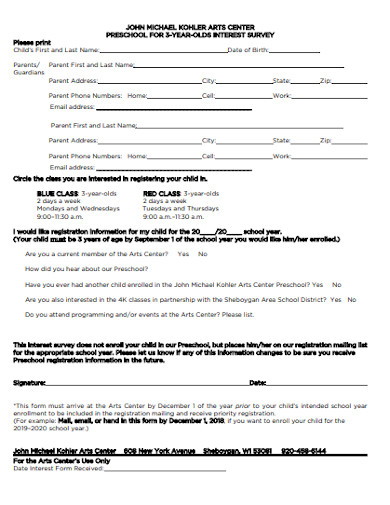
Check with a trainer, coach, or supervisor to learn your program’s policy on group meetings.įormal communication methods should be planned with the purpose of providing specific and important information. A formal group meeting would have a leader and a planned agenda.

This would mostly likely occur with multiple families and would be lead by the program’s director. Program-Wide Family Meetings: A group meeting may be used to discuss a particular situation, concern or issue within a program.Be sure to check your program’s procedures for conferences and consult a trainer, coach, or supervisor with any questions. Phone or virtual conferences may also be used if a family member is on deployment or otherwise unavailable. Individual Conferences: Conferences should be used to discuss child achievement, behavior issues, developmental concerns, or other major issues.Some examples of formal communication methods include: Informal communication methods should not be used to discuss major incidents, behavior issues, or developmental concerns. This is the first step to keep lines of communication open at your program. Whenever possible, interactions between staff and family members should occur daily. Phone calls or e-mails may be used to inform families of situations involving their child (such as an overdue permission slip). These informal methods of communication are appropriate to use when there is general information of which all family members should be aware, such as the schedule, policies, or upcoming events. E-mails: An e-mail to a family member informing them of a minor incident (i.e., a torn backpack or a missing permission slip) or to seek specific information.Phone calls: A phone call to a family member informing them of a minor incident or injury, or to seek specific information.This would be a way to share a project that children have worked on or tell families about an upcoming talent show. Newsletters: A physical or digital newsletter that informs families of the program’s news and events.Daily conversations: Daily conversations involve informal communication with a child’s family member to discuss daily events, how the child is doing, and if the family member has any questions, concerns or requests.This can also be a good spot to post parenting resources. Boards may contain schedules, menus, upcoming events and general program news. Family information boards: Family information boards provide information for family members that is posted in a central location.Some examples of informal communication methods include: If you are unsure, always check with your trainer, coach, or supervisor. Depending on the situation or information being shared, you will need to determine which method is most appropriate. Ways of Communicating With FamiliesĮach program will have a variety of communication methods, both informal and formal. To ensure that the communication needs between yourself and the families are met, you will need to be creative in your communication methods. This means you might not always have the opportunity to speak directly to a family member each day. Some children may arrive or depart your program by school bus, bike, or on foot.
COMMUNICATI FORMS TO GO BACK AND FORTH BETWEEN CO PARENTS PROFESSIONAL
A relationship between a staff member and a family member should remain professional and always revolve around the child.Ĭommunication is unique in school-age programs because of the limited interactions between staff members and family.

It is expected that you are friendly, professional and helpful when working with family members. Family members must feel comfortable asking questions, seeking information, and raising concerns about their child’s care, well-being and development. Importance of Communicating with FamiliesĬommunication is key to creating strong family partnerships.

Families will be eager to know how their school-age child is doing, and you can support comfortable and effective communication by offering encouraging responses and asking for clarification if something is not understood. When you are aware of these characteristics, you communicate in ways that are more supportive and respectful of families. All of these opportunities require you to be aware and courteous of the family’s characteristics, including tone, choice of words, and nonverbal communication, such as facial expressions and body language. Have you ever been surprised that someone misunderstood a message you thought you had communicated quite clearly?Ĭommunication between school-age program staff members and families occurs during daily hellos and goodbyes, as well as in more formal activities such as planned family meetings. Communicating with others can be both simple and complex at the same time.


 0 kommentar(er)
0 kommentar(er)
